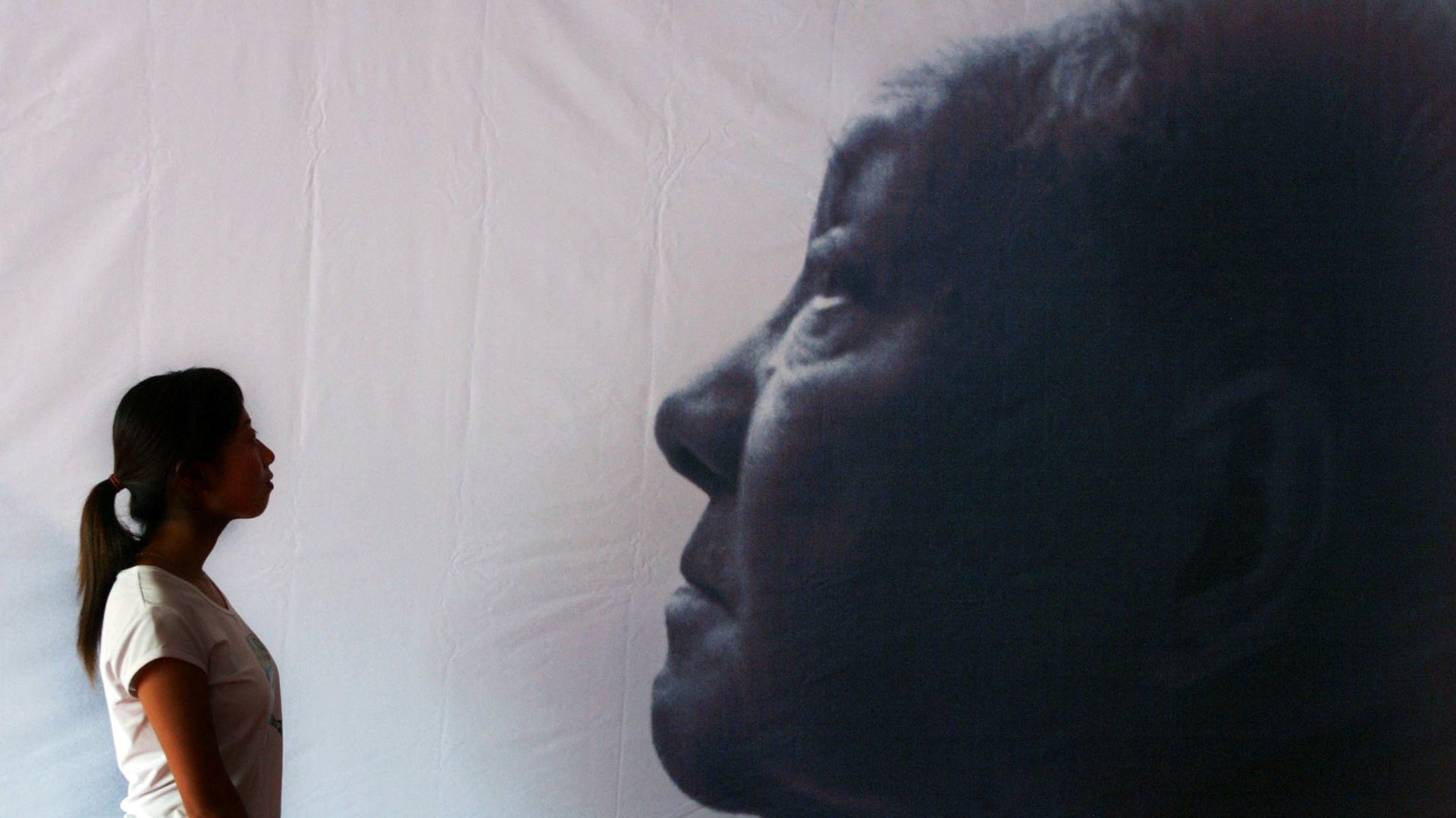Happy birthday Deng Xiaoping: Here are 10 charts showing how he changed China
Today (Aug. 22), former Chinese leader Deng Xiaoping, who died in 1997, would have turned 114 years old. Known as the chief architect of China’s reform and opening up policy, Deng was without a doubt one of the most influential figures of the 20th century.


Today (Aug. 22), former Chinese leader Deng Xiaoping, who died in 1997, would have turned 114 years old. Known as the chief architect of China’s reform and opening up policy, Deng was without a doubt one of the most influential figures of the 20th century.
Deng, who joined the Communist Party’s youth league in 1922 when he was studying in France, also fought along the party’s top commanders in the civil war that eventually led to the founding of the People’s Republic of China. After leading the finance ministry from 1953 to 1954, Deng became the secretary-general of the party in 1956. Deng had tried to restore China’s economy from the damage done by the Great Leap Forward, an aggressive industrialization campaign launched by Mao Zedong that led to mass starvation. As a result, Deng was labeled a “capitalist-roader” during Mao’s Cultural Revolution.
Deng returned to power after Mao’s death to become the country’s paramount leader in 1978, and spearheaded reforms in the same year after taking stock of the damage (paywall) wrought by Mao’s ideological movement. His pragmatic way of doing things—as encapsulated by his famous epithet, “It doesn’t matter if a cat is black or white, as long as it catches mice, it’s a good cat”—marked a stark departure from Mao’s approach to economics.
Based on that guiding principle, China rose to become an economic powerhouse (pdf), lifting hundreds of millions out of poverty at the same time. But rapid development also came at a staggering cost to the environment, while a society founded on the principles of equality and socialism became one that is starkly unequal.
Here are 10 charts that demonstrate Deng’s legacy.
1. Poverty plummeted
In 1981, just after Deng’s reform project was launched, almost 90% of Chinese people lived in extreme poverty by the definition of the World Bank. By 2013, that number had dropped to less than 2%.
2. Incomes skyrocketed
Not only is the typical Chinese person now not living in poverty, but many of them are in fact doing quite well. Per capita GDP grew by nearly 24 times from 1978 to 2017.
3. Inequality increased
China’s Gini coefficient, the most commonly used measure of inequality, rose from about 0.3 in the early 1980s to nearly 0.5 in 2010 (0 is perfect equality, and 1 is perfect inequality).
4. What China produced changed
In 1980, agriculture was a larger part of the Chinese economy than industry (e.g. construction and manufacturing) and services (e.g. health care and education). Today, agriculture makes up less than 10% of the economy.
5. People moved to the cities
With a shift away from agriculture, Chinese people moved to the cities in droves. The share of Chinese people living in rural areas barely budged from 1960 to the late 1970s, but fell precipitously after 1978.
6. Where people worked changed
In 1979, Shenzhen, the manufacturing hub just across the border from Hong Kong, had less than half a million people. In 1980, it became China’s first special economic zone, allowing foreign investment into the city. It is now one of the world’s biggest cities, with more skyscrapers built there in 2016 than the US and Australia combined. The city is emblematic of the rise of China’s coastal metropolises.
7.
The economy turned outward
The success of Shenzhen and other Chinese manufacturing hubs was a result of Deng’s embrace of globalization. Exports went from a small share of China’s economy in the 1970s to more than one-third of GDP in the mid-2000s.
8. Fewer children
In addition to reforming the economy, Deng also oversaw the introduction of China’s one-child policy, which was introduced to reduce the birth rate as China’s population neared 1 billion. (China relaxed the policy to a two-child policy in 2015.) The one-child policy likely led to a significant reduction in births, though some researchers believe birth rates would have declined regardless, as families tend to have fewer children as they get richer.
9. More CO2 emissions
China’s immense environmental challenges today are a result of the rapid growth set off by Deng’s reforms. The amount of CO2 emitted per Chinese person has increased more than seven-fold since the 1970s. Today’s leaders will need to be as radically open to change as Deng to tackle this problem.